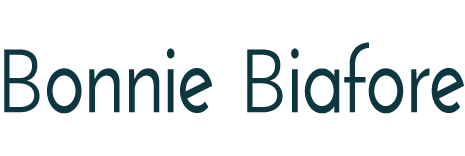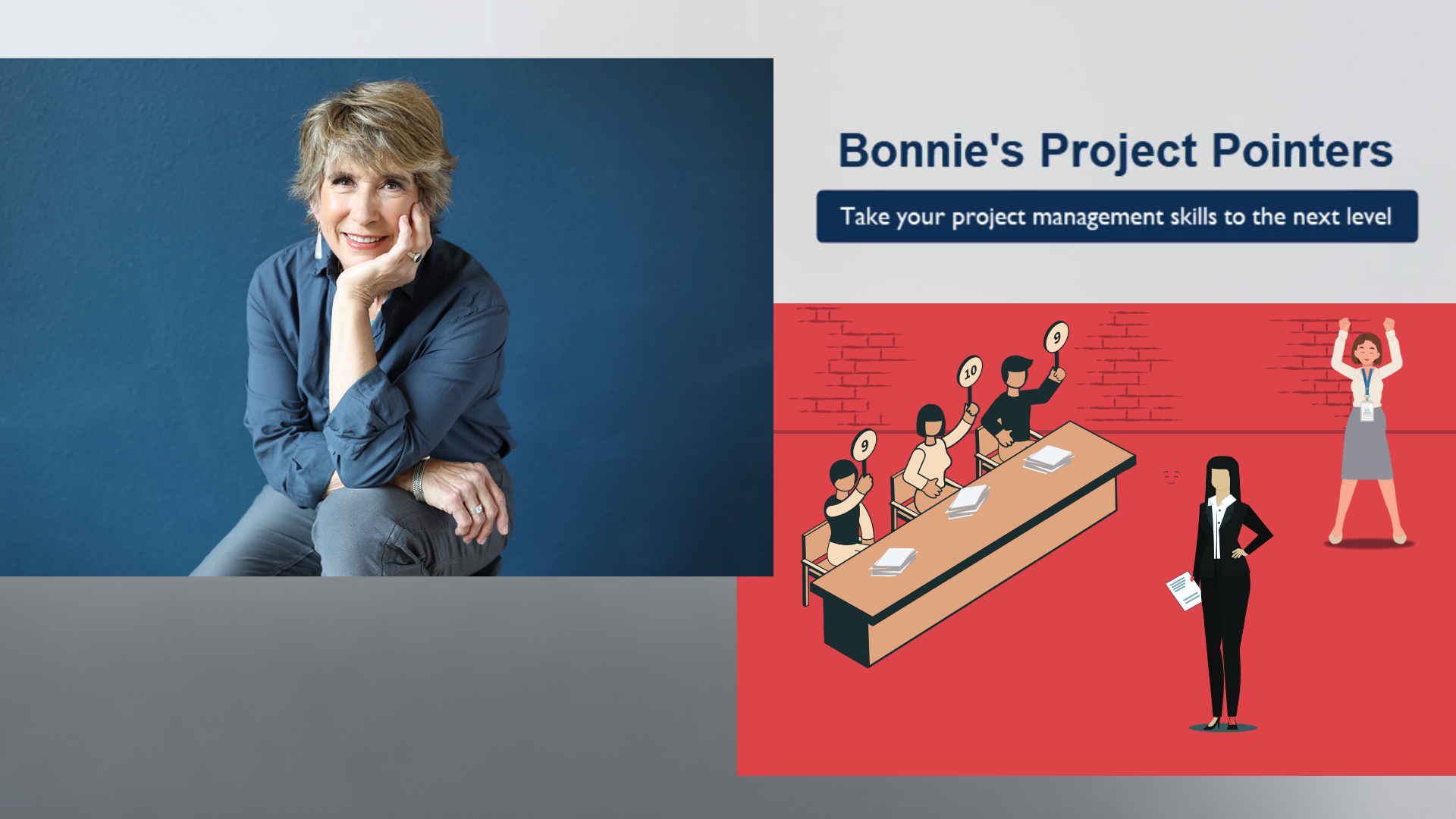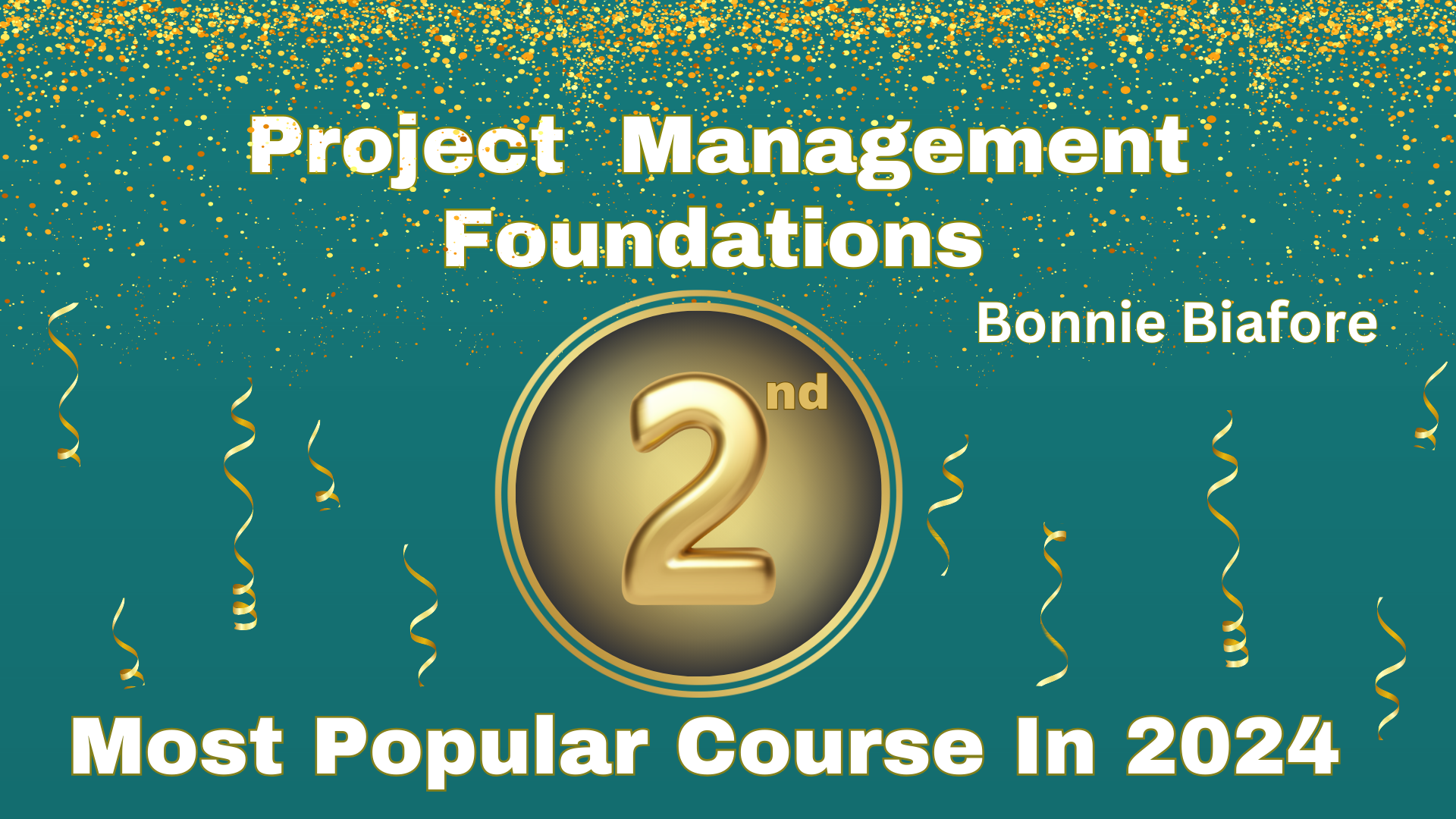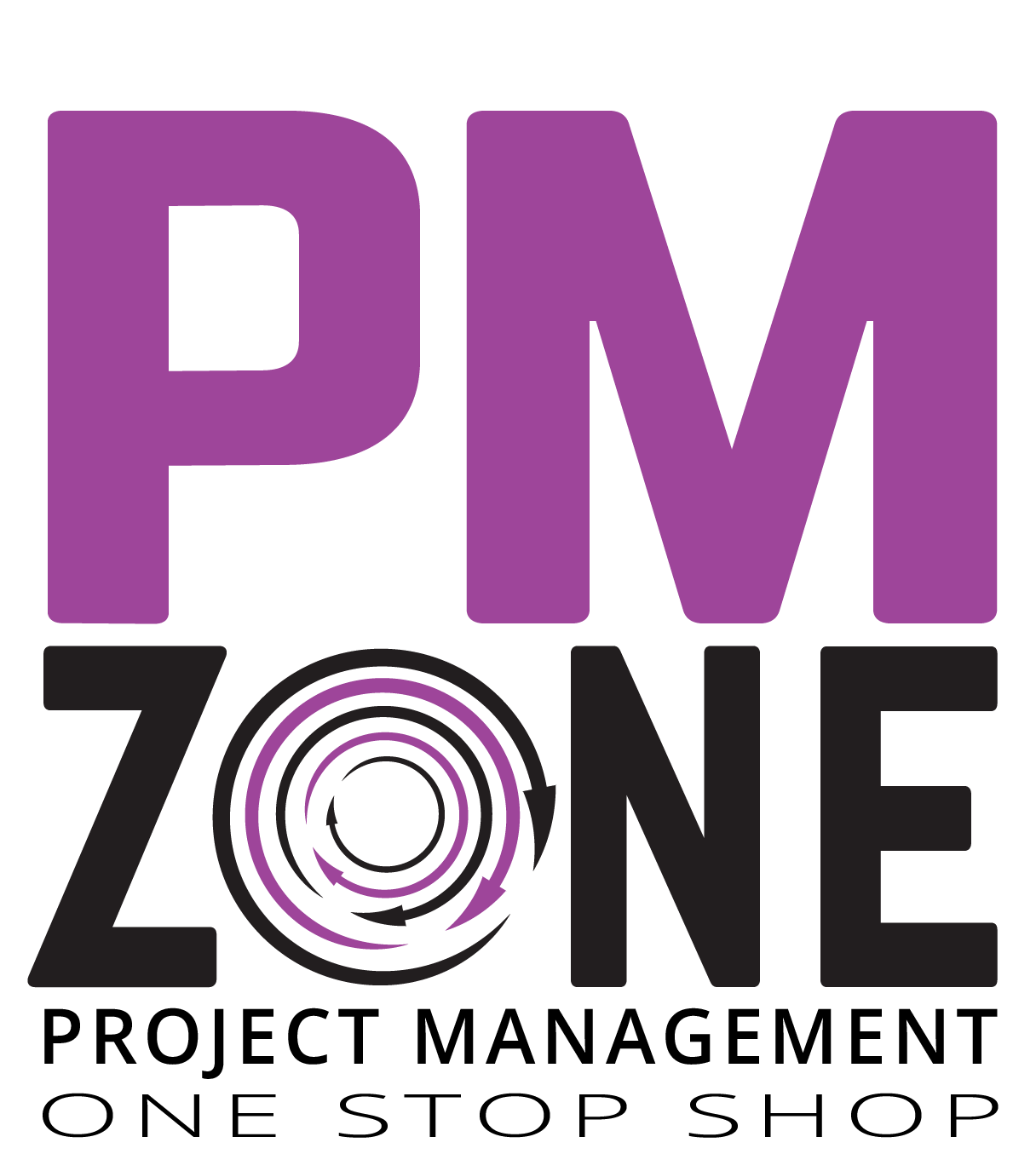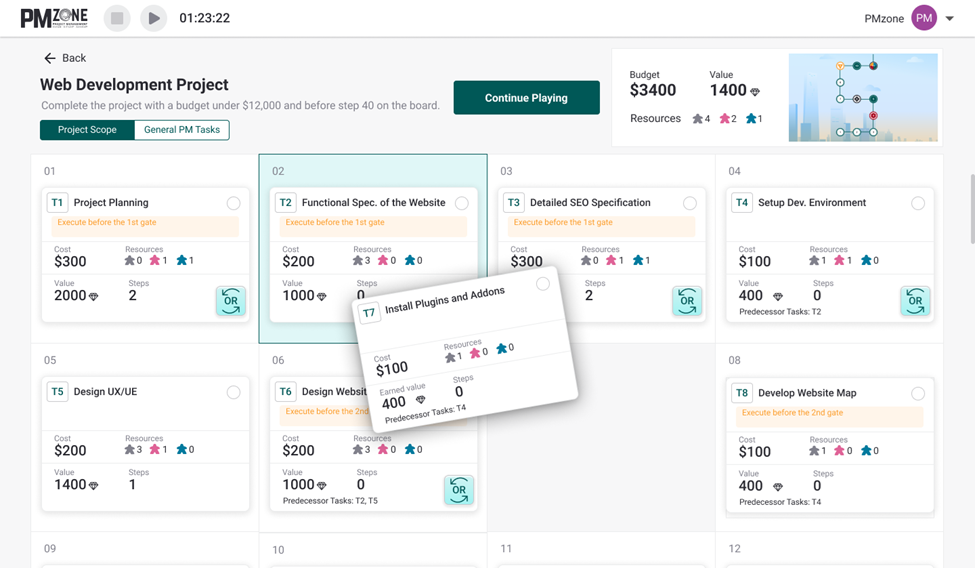How’s the new team member working out?
When you add a new member to your project team, it’s a good idea to evaluate their performance so you can address any negative impacts quickly. Here are ways to monitor project and team member performance after a personnel change.
- Examine deliverables closely. If possible, give the new team member an opportunity to produce an early deliverable and then review it carefully. You can assess the person’s skills, their understanding of their role in the project, and their ability to work within the team. Note: Restructuring the person’s deliverables to provide for an early review isn’t as efficient as taking a straight path to the required results. However, getting an early indicator of whether the new team member will satisfy project needs is usually worth it.
- Watch team member interactions. New team members create a new team dynamic. Watch how other team members act and communicate with the new person. Are they respected and are their ideas considered valid? Watch for new dynamics during team meetings that could lead to problems. If any hiccups occur, don’t hesitate to act and work with the new person.
- Evaluate performance for potential skill gaps. Validating the team member’s skills is for determining whether the new team member is acceptable. Compare the skills inventory for the person’s role to what others observe. If you find a skill gap, mentor the person or arrange for training to close the gap.
- Observe stakeholder interactions and confidence levels. Stakeholders outside the project team can also provide impressions on whether a new team member is suitable. Does the new team member communicate in a way these outside stakeholders understand? Do they install confidence? If not, work with the person to improve their communication (assuming their skills are sufficient for their role).
The actions you can take to address someone’s shortfalls depend on your authority as project manager. If your efforts don’t correct those shortfalls, the new team member might not be the right fit for the project. If you run into trouble trying to replace that person, you might be able to persuade management by explaining the effects this person could have on the project, such as delivery delays, additional cost, and so on.
I talked about how to handle a team member change in this article from June 2022.
For more about working with teams, check out Daniel Stanton’s Project Management Foundations: Teams course.
My course Project Management Foundations was #2 in LinkedIn Learning’s Most Popular courses of 2024. Watch it for free with this link!
Coming Up
My updated version of Agile Project Management with Microsoft Project will be published soon! Look for the announcement when it publishes.
_______________________________________
This article belongs to the Bonnie’s Project Pointers newsletter series, which has more than 84,000 subscribers. This newsletter is 100% written by a human (no aliens or AIs involved). If you like this article, you can subscribe to receive notifications when a new article posts.
Want to learn more about the topics I talk about in these newsletters? Watch my courses in the LinkedIn Learning Library and tune into my LinkedIn Office Hours live broadcasts.
